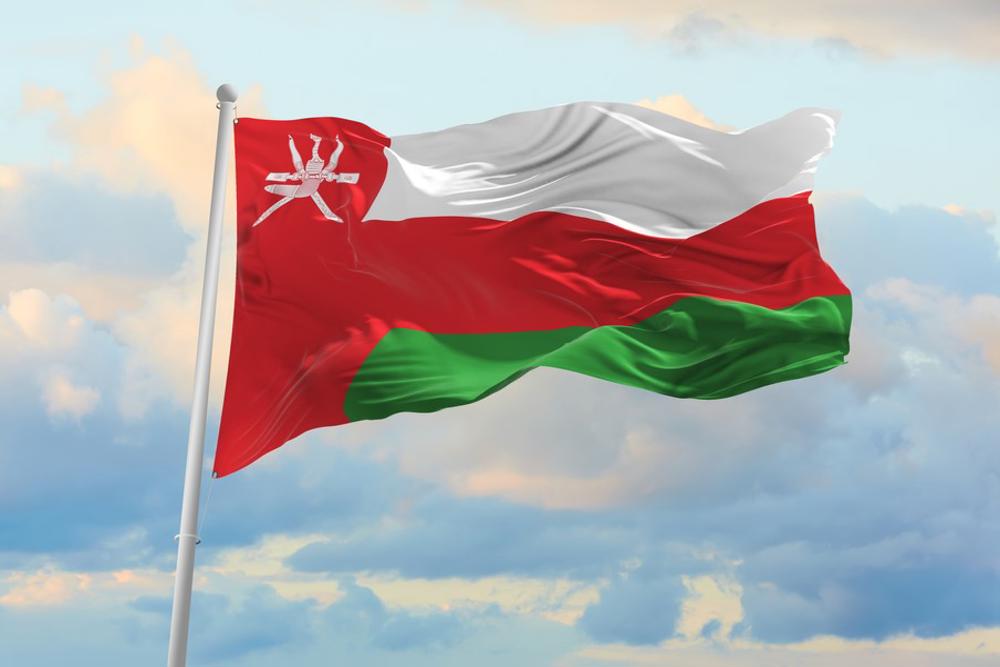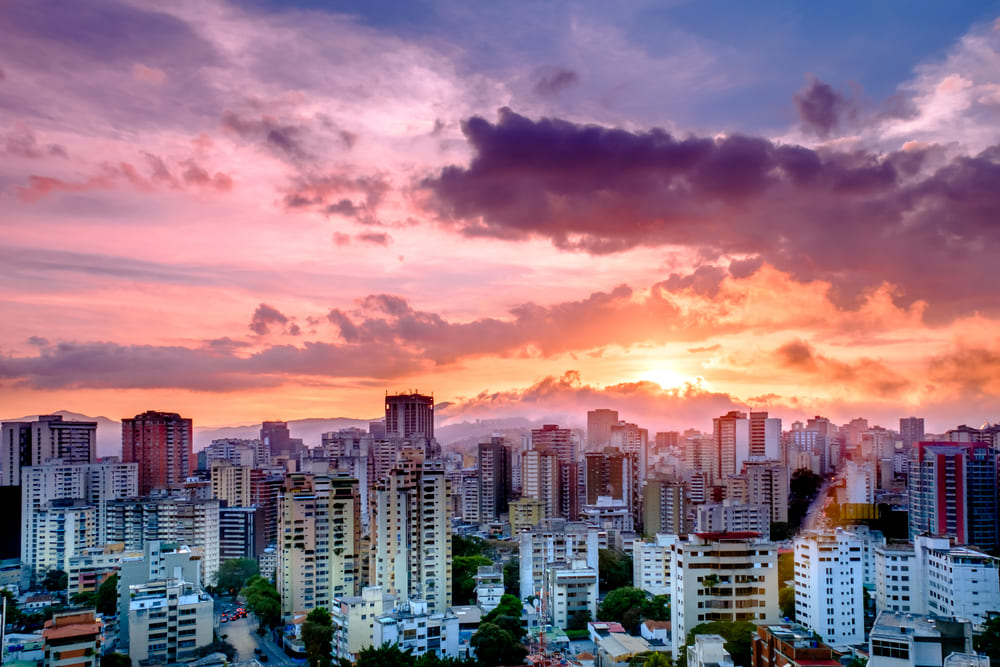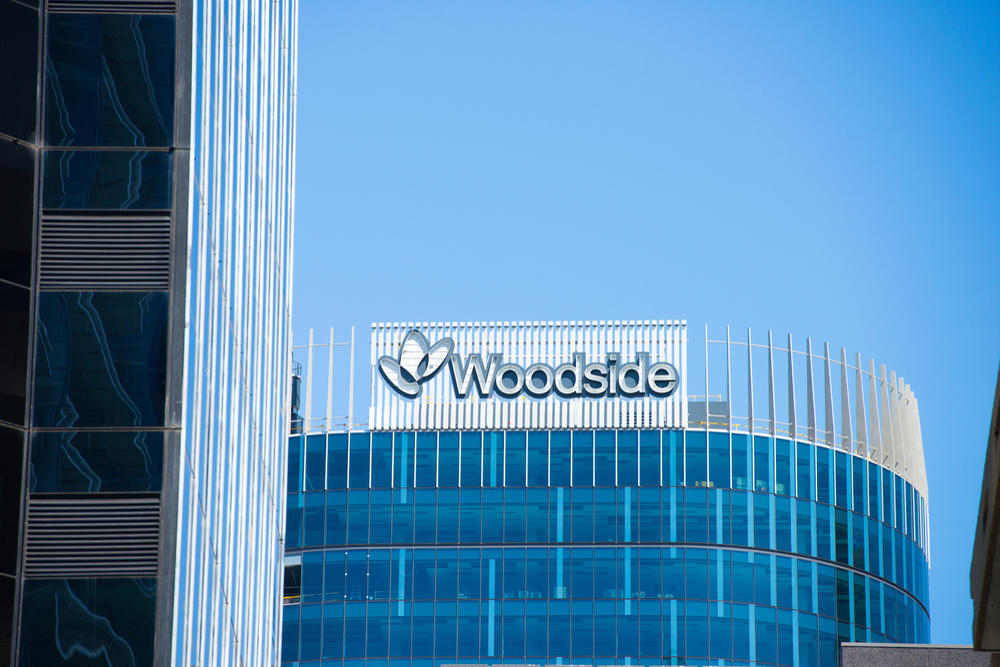
Egypt holds an extremely rich history, with a culture dating back thousands of years. The same is true for thecountry’s petroleum industry, which has its roots as far back as Pharaonic times. However, it was not until 1835 when the first surface geological investigations were made in Egypt by a French Naval officer.
According to Egypt’s Ministry of Petroleum and Mineral Resources (MPMR), the Egyptian government drilled its first well in 1886 in the Gamasa area (470 kilometres from Egypt’s capital, Cairo) on the western coast of the Red Sea. The well produced 25 barrels of crude oil per day with commercial production starting from the field in 1910. In 1961, Egypt’s first offshore oil field, Belayim Marine, was discovered by Eni and still remains the country’s largest oil reserve.
In 1967, Eni discovered Egypt’s first natural gas field, Abu Madi, which marked the beginning of major exploration of natural gas in the country. This was followed by the discovery of the Abu Qir marine field in the Mediterranean in 1969, and the Abu Al-Ghurdiq field in Western Sahara in 1971.
SECTOR OVERVIEW
According to the U.S. Energy Information Administration (EIA), oversight and management of Egypt’s petroleum sector falls under five state-owned enterprises: the Egyptian GeneralPetroleum Corporation (EGPC), Egyptian Natural Gas Holding Company (EGAS), Egyptian Petrochemicals Holding Company (ECHEM), Ganoub El Wadi Holding Company (GANOPE), and Egyptian Mineral Resources Authority (EMRA). International oil companies also play a large role in the country’s oil sector, holding shares and producing assets in partnership with EGPC.
BP, Eni, Royal Dutch Shell, and Apache are some of the major foreign oil and natural gas companies currently active in Egypt. The first three companies have primarily invested offshore, and Apache has invested in the onshore Western Desert, where Shell and Eni are also operating. The downstream sector is state-controlled and does not have any private investment, with the exception of marketing and storage activities, leaving EGPC and its subsidiaries as the sole players.
PROVEN RESERVES
According to the BP Statistical Review of World Energy 2019, at the end of 1998 Egypt reportedly had 3.8 thousand million barrels (tmb) of total proved oil reserves. At the end of 2008, the country had 4.2 tmb of total proved oil reserves and at the end of 2017, it reportedly had 3.3 tmb of total proved oil reserves. According to the same report, at the end of 1998, Egypt reportedly had 1 trillion cubic metres (tcm) of total proved natural gas reserves. At the end of 2008, the country reportedly had 2.1 tcm of total proved natural gas reserves, a figure which was reportedly unchanged at the end of 2017.
MAJOR EXPORTS AND IMPORTS
According to the EIA, Egypt is the largest oil producer in Africa outside of the Organisation of the Petroleum Exporting Countries (OPEC) and the third-largest natural gas producer on the continent following Algeria and Nigeria. Egypt also plays a vital role in international energy markets through its operation of the Suez Canal (an important transit route for oil and liquified natural gas shipped from the Persian Gulf to Europe and to North America) and the Suez-Mediterranean Pipeline.
The Observatory of Economic Complexity (OEC) notes that, in 2017, Egypt was the 62nd largest export economy in the world. The country exported $30.1 billion (B) and imported $64.1B, resulting in a negative trade balance of $34B.
Egypt’s top exports are crude petroleum ($4.69B), gold ($2.78B), nitrogenous fertilisers ($1.15B) and refined petroleum ($902M). According to the OEC, the top export destinations are the United Arab Emirates, Italy, Turkey, the United States and Germany.
Meanwhile, Egypt’s top imports are wheat ($4.17B), petroleum gas ($3.59B), refined petroleum ($3.26B), semifinished iron ($1.97B) and crude petroleum ($1.62B). The top import origins are China, Russia, Germany, the United States and Italy.
CURRENT PROJECTS
In February 2019, BP announced first gas production from the second stage of the West Nile Delta (WND) development offshoreof Egypt. The WND, in which BP has an operating stake of 82.75 percent, includes five gas fields across the North Alexandria and West Mediterranean Deepwater offshore concession blocks. WND was originally planned as two separate projects, but BP and its partners realised there was opportunity to deliver it in three stages instead. Stage one of the project, which began producing in 2017, includes gas production from the project’s first two fields, Taurus and Libra.
Stage two of the project is the Giza and Fayoum development, which is forecast to more than double production from phase one. I t covers eight wells, producing around 400 million cubic feet of gas a day (mmscfd) and is expected to ramp up to a maximum rate of 700 mmscfd. Stage three of the project will develop the Raven field. It was due to come online in late 2019, but it has been delayed and the company now expects it to come online by late 2020. When completed, combined production from all three phases of the WND project is expected to reach up to almost 1.4 billion cubic feet per day (bcf/d), equivalent to about 20 per cent of Egypt’s current gas production. All the gas produced will be fed into the national gas grid.
Moreover, in September 2019, Eni announced the successful commissioning and start-up of production of the offshore Baltim South West gas field in Egypt. Discovered in June 2016, the field went online just 19 months after the final investment decision (FID) was approved in January 2018. The field is located in shallow waters, 12 kilometres off theMediterranean coast of Egypt in the Baltim South development lease.
Following the start-up of the first well, Eni said the field is producing an initial rate of 100 million standard cubic feet per day (scf/d) from a new offshore platform connected to the existing onshore Abu Madi Gas Plant through a new 44 kilometre long, 26 inch diameter pipeline. The development program foresees the drilling of further five wells with the objective of achieving a production target of 500 million scf/d by the second quarter of 2020, which will further contribute to Egypt’s natural gas export capacity. The overall gas potential from the Great Nooros Area is approximately 3 tcf of which about 2 tcf are in the Nooros field and the remainder in Baltim South West.
Eni, through its subsidiary Ieoc, has a 50 per cent interest while BP holds the remaining 50 per cent interest in the Baltim South. included 1.2 million acres in the North Marakia Offshore block, located approximately eight kilometres offshore Egypt’s northern coast in the Herodotus basin. The remaining 543,000 acres is in the North East El Amriya Offshore block in the Nile Delta. ExxonMobil will operate both blocks and hold 100 per cent interest. Operations, including acquisition of seismic data, are scheduled to commence this year.
“ExxonMobil has been a partner in Egypt’s growth for more than 115 years, and these awards reaffirm our commitment to pursuing high-quality opportunities in the country,” commented Hesham Elamroussy, chairman and managing director of ExxonMobil Egypt. Egypt also awarded Chevron, Shell and Abu Dhabi’s Mubadala rights to explore for oil and gas in the Red Sea. The concessions cover a total of 10,000 km2 (2.5 million acres), with minimum investments of about $326 million. Egypt awarded one block each to Chevron and Royal Dutch Shell Company and the third jointly to the Alliance of Shell and Mubadala. Furthermore, on 20 January 2020, nine petroleum agreements were signed for oil and gas exploration and production activities in the Mediterranean and Western Desert regions, with a minimum investment of about $452.3 million.
Sources: Egypt fact sheet, Department of Foreign Affairs and Trade; Country Analysis Brief: Egypt, U.S. Energy Information Administration; BP Statistical Review of World Energy, 2019, 68th edition, BP








